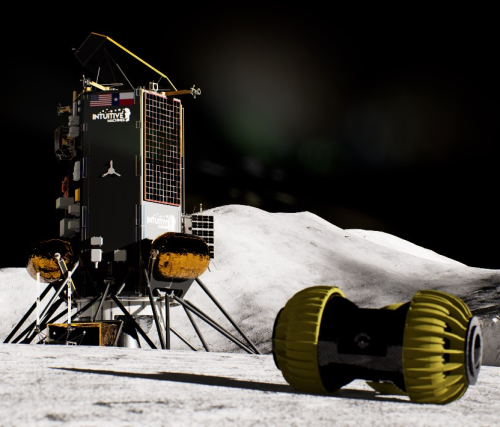SpaceX to build five Starship/Superheavy prototypes in 2023
According to Elon Musk, SpaceX intends to build five Starship/Superheavy prototypes in 2023 for flight testing.
Assuming they can get launch permits, these five rockets should provide the company ample launch testing capability for at least the next two years, especially if it succeeds in landing these units and can consider reusing them in test flights.
At this moment, the launch permits from the federal government appears the main obstacle to getting this heavy lift reusable rocket tested and operational.
According to Elon Musk, SpaceX intends to build five Starship/Superheavy prototypes in 2023 for flight testing.
Assuming they can get launch permits, these five rockets should provide the company ample launch testing capability for at least the next two years, especially if it succeeds in landing these units and can consider reusing them in test flights.
At this moment, the launch permits from the federal government appears the main obstacle to getting this heavy lift reusable rocket tested and operational.


